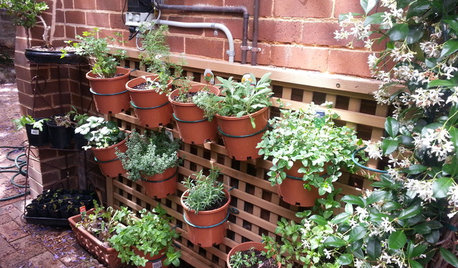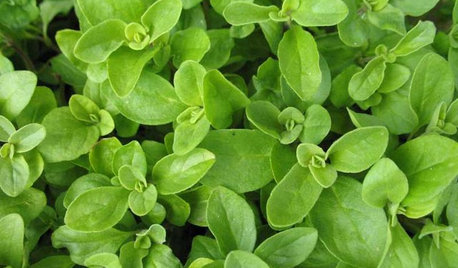Grow maples in pots by burying the pots in the ground
marchela
15 years ago
Featured Answer
Sort by:Oldest
Comments (11)
gardengal48 (PNW Z8/9)
15 years agomarchela
15 years agoRelated Professionals
Bellflower Landscape Architects & Landscape Designers · Birmingham Landscape Architects & Landscape Designers · Concord Landscape Contractors · Danvers Landscape Contractors · Gallatin Landscape Contractors · Peoria Landscape Contractors · Soddy Daisy Landscape Contractors · The Woodlands Landscape Contractors · Lady Lake Fence Contractors · Lakewood Fence Contractors · Lauderhill Fence Contractors · Waunakee Fence Contractors · Woodinville Fence Contractors · Zion Fence Contractors · Washington Fence Contractorsbotann
15 years agotapla (mid-Michigan, USDA z5b-6a)
15 years agogardengal48 (PNW Z8/9)
15 years agotapla (mid-Michigan, USDA z5b-6a)
15 years agomarchela
15 years agoherman_neutics
15 years agoflowerfan2
15 years agotapla (mid-Michigan, USDA z5b-6a)
15 years ago
Related Stories

FARM YOUR YARDHow to Grow Vegetables in Containers
Get glorious vegetables and fruits on your patio with a pro’s guidance — including his personal recipe for potting mix
Full Story
SPRING GARDENINGHow to Grow a Rose Garden in Pots
Everything can come up roses, even without a plot of soil in sight. This step-by-step guide to growing roses in containers shows you how
Full Story
FARM YOUR YARD10 Easy Edibles to Grow in Containers
These herbs, vegetables and fruits are just as happy in a pot as they are in the ground
Full Story
GARDENING GUIDESHerb Garden Essentials: Grow Your Own Delicious Mint
Pull out a pot for this one. Mint's spreading habit and hard-to-kill nature can be a blessing — if you're properly prepared
Full Story
FARM YOUR YARD14 Crazy Places to Grow Edibles
Some Houzzers may lack ground for gardening, but they’re never short on imagination
Full Story
CONTAINER GARDENSSolve Your Garden Border Dilemmas With Planted Pots
Set your containers free from the patio — placed among plantings in the ground, they fill unsightly gaps, let you experiment and more
Full Story
GROUND COVERSGround Force: 10 Top Ground Covers for Your Garden
Protect your soil from weeds and drought this summer with a living mulch of ground covers
Full Story
EDIBLE GARDENSHerb Garden Essentials: Grow Your Own Oregano and Marjoram
Say 'buon giorno' to classic Italian herbs you can grow just as easily in pots as in the summer garden
Full Story
FALL GARDENING5 Fall Fruits You Can Grow in Containers
Brighten your porch or patio with a potted pomegranate, kumquat, blueberry bush or another great fall fruit
Full Story
SUMMER GARDENINGHow to Grow Basil
Bright color, quick growth and endless uses for cooking make this summer annual a winner in the garden or a pot
Full StorySponsored
More Discussions






Embothrium